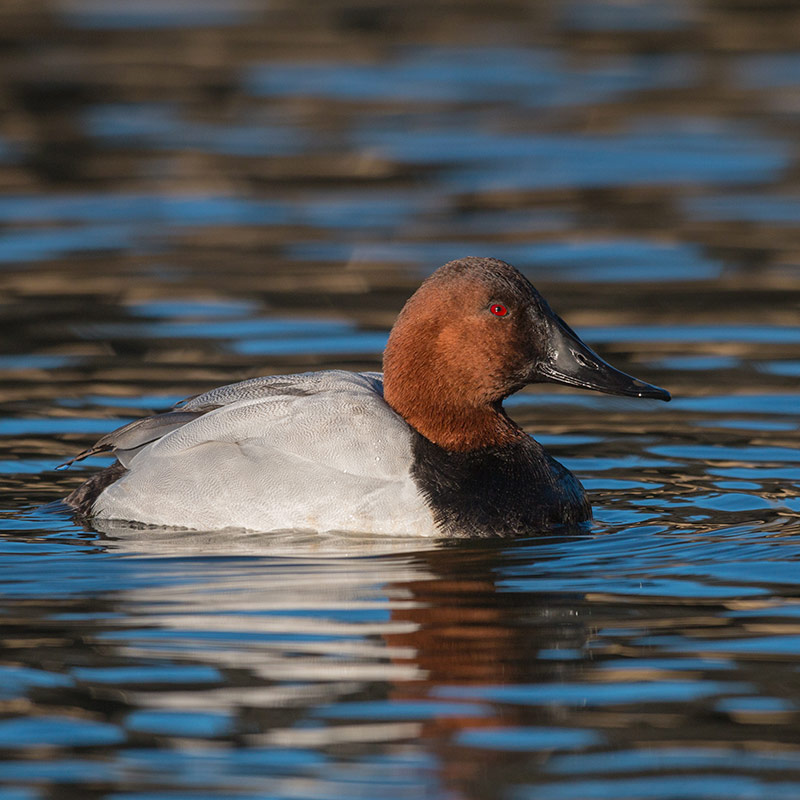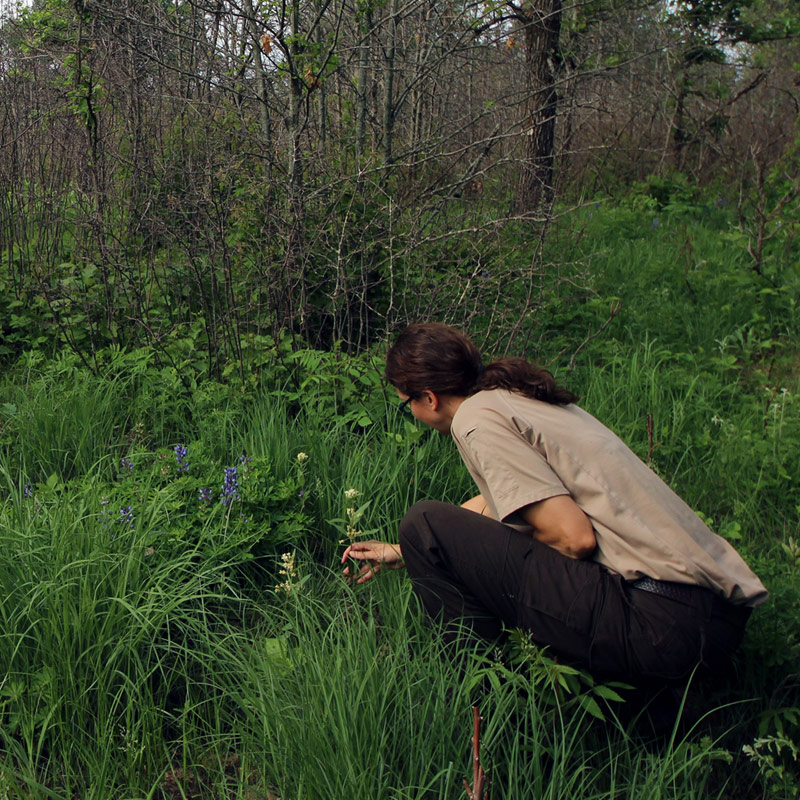The Upper Mississippi / Great Lakes Joint Venture
Regional bird habitat Joint Ventures (JVs) are self-directed partnerships of diverse organizations that work to achieve agreed-upon regional bird conservation goals directly linked to continental bird conservation plans. We are one of 18 bird habitat JVs in the nation and well recognized for our high standard of effective, science-based delivery of bird conservation through partnerships.
At over 240 million acres (97 million ha) the Upper Mississippi / Great Lakes Joint Venture (UMGL JV) encompasses one of the largest and most diverse JV regions in the U. S. The UMGL JV region also contains all or part of four of the Great Lakes. Much of the land within the UMGL JV is currently in for crop production (39% of JV). “Forest” communities, which include deciduous and evergreen forests, woodlands, savannas, and shrublands make up 26% of the JV land area, followed by grasslands/pastures (18%), inland water and wetlands (10%) and developed land (9%).

Birds Species across the Region
Birds occurring in the JV region are as diverse as the natural and man-made communities contained within it: Colonial waterbirds breed along the shores of the Great Lakes as well as larger inland wetlands, and breeding warblers spend their summers in the boreal forests of the northern portion of the region. Waterfowl nest in the many scattered, small wetlands throughout the upper half of the region. Grassland birds persist in the increasingly scattered prairie remnants, especially in the west half of the region, with one of the last strongholds of tallgrass prairie on the continent in the Flint Hills of Kansas and Nebraska. Songbirds can be common in forest fragments in southern portions of the region; wooded corridors around lake shores are especially important for resting and refueling during migration stop-over periods. Huge numbers of migrating waterfowl and shorebirds also pass through the JV each spring and fall, especially along the wetlands associated with the Mississippi River. For conservation planning purposes, the JV has developed a list of focal species to represent common habitat associations used by bird groups with similar conservation requirements.
Our Staff, Science Team & Habitat Partners
The UMGL JV includes six staff members who help generate and coordinate the partnership’s goals and efforts through grants and projects, conservation planning, and technical evaluation.
Overall direction of the UMGL JV is determined by the Management Board, which is made up of representatives from state, federal, and non-government organizations with a common interest in achieving objectives of continental bird plans such as the North American Waterfowl Management Plan. The Board functions as an oversight, advisory, and information-sharing body, and provides guidance to ensure the JV is reaching its bird conservation habitat goals.
The UMGL JV Science Team is comprised of experts in bird and systems ecology, species habitat conservation, and biological modeling. This group of scientists, employed by government agencies, universities, and non-governmental organizations within the JV region, was responsible for the development of the JV Implementation Plan and associated Bird-group Strategies. The JV Science Team is also responsible for keeping up-to-date on the latest in bird research and monitoring efforts in the region, and for integrating this information into JV priorities.

Biologist Kris Spaeth Inspects Oval-leaf Milkweed
Photo by Tina Shaw/USFWS


